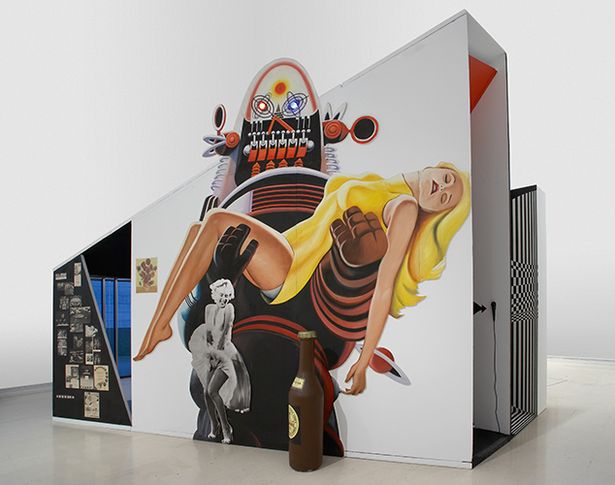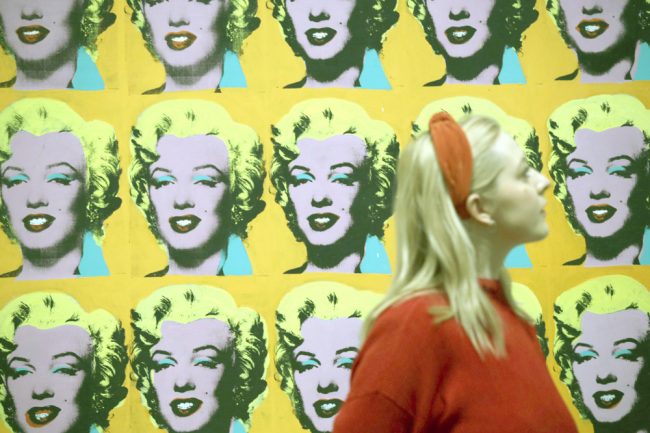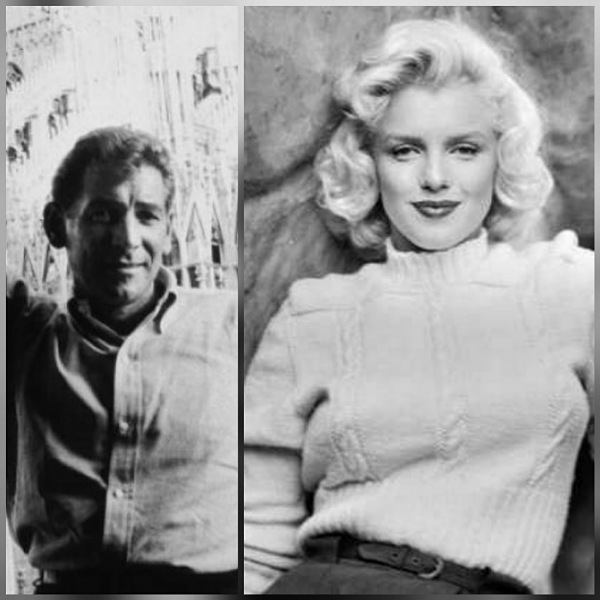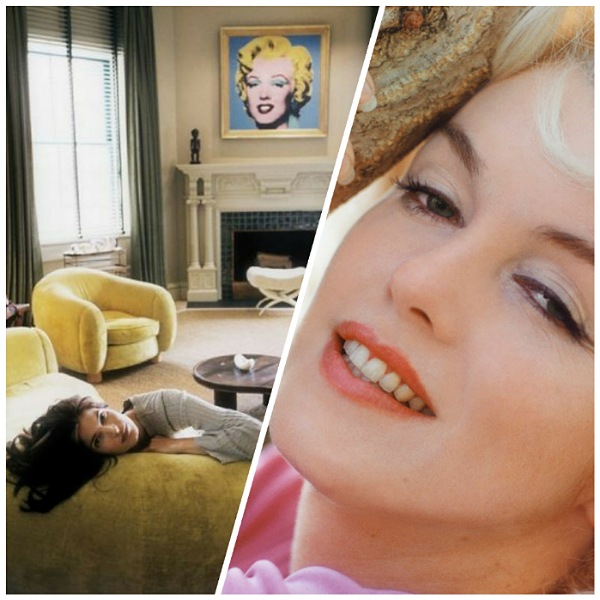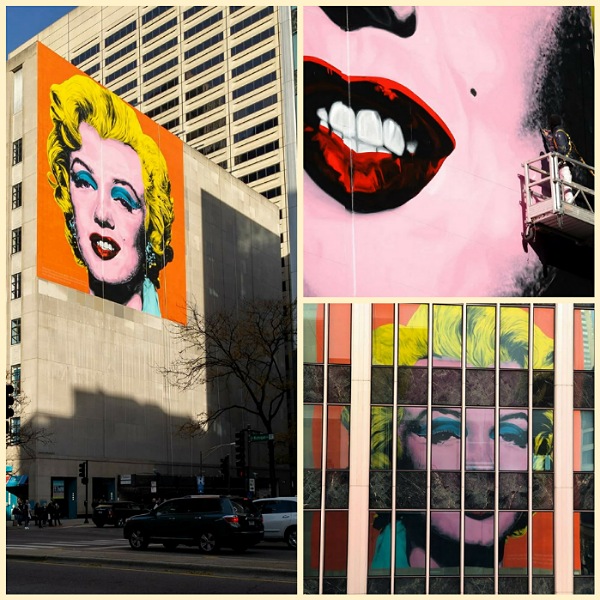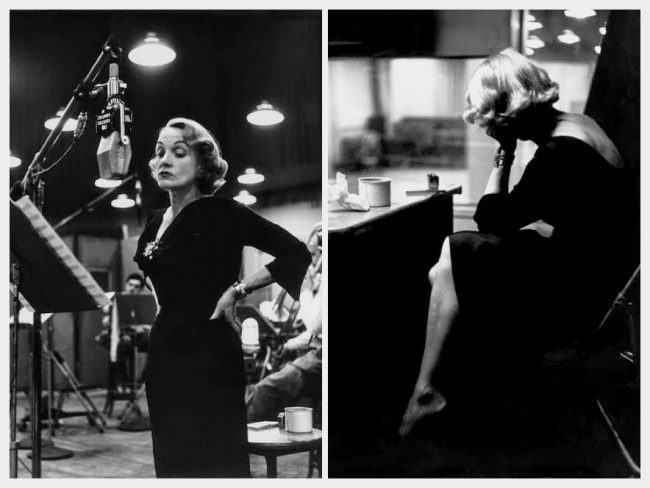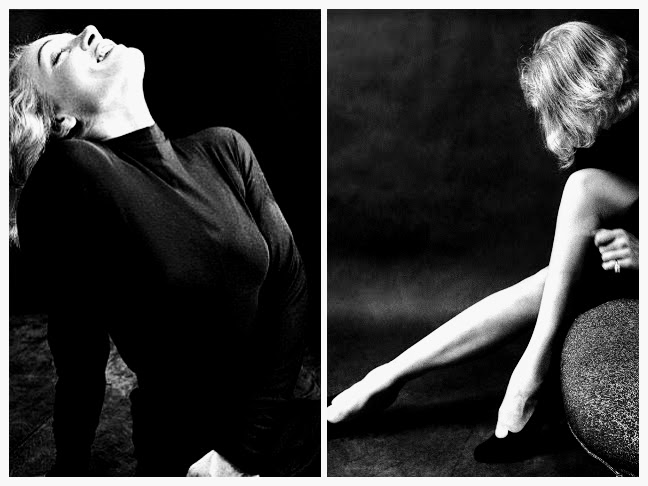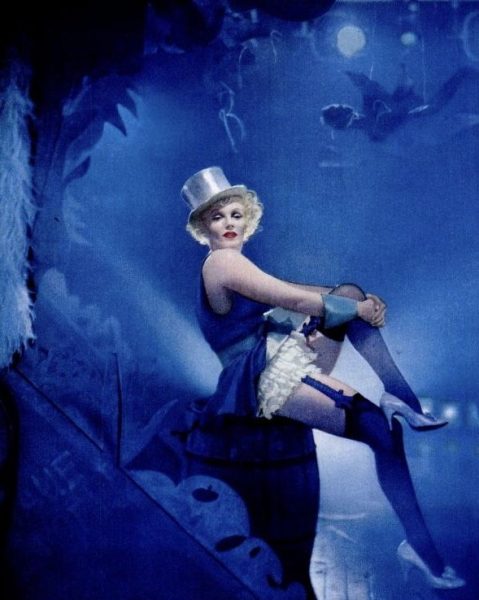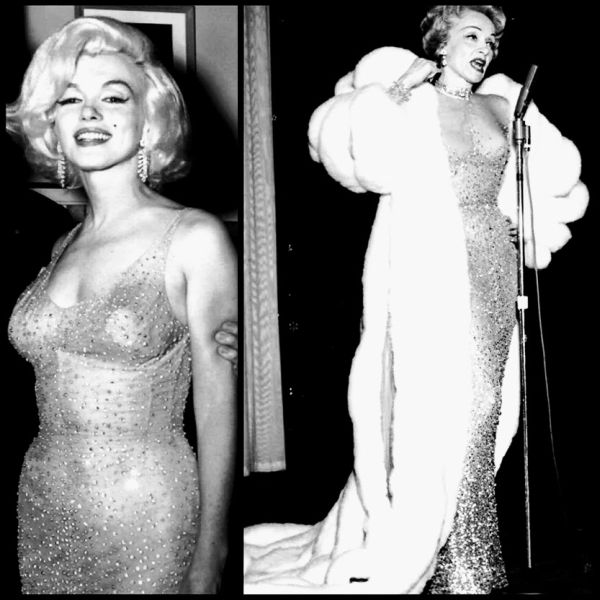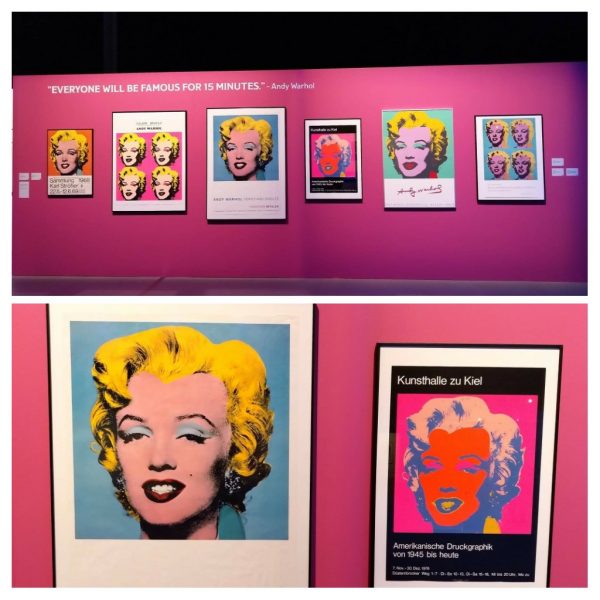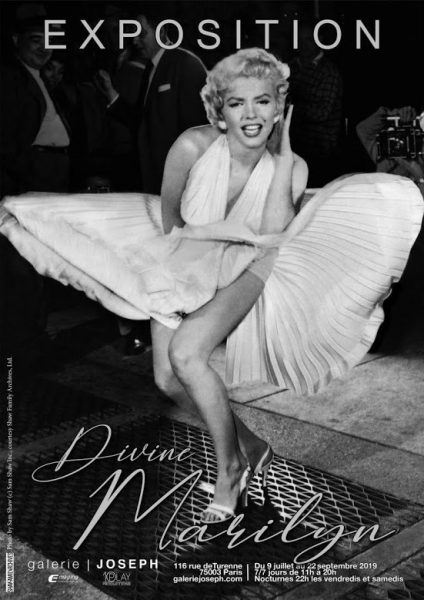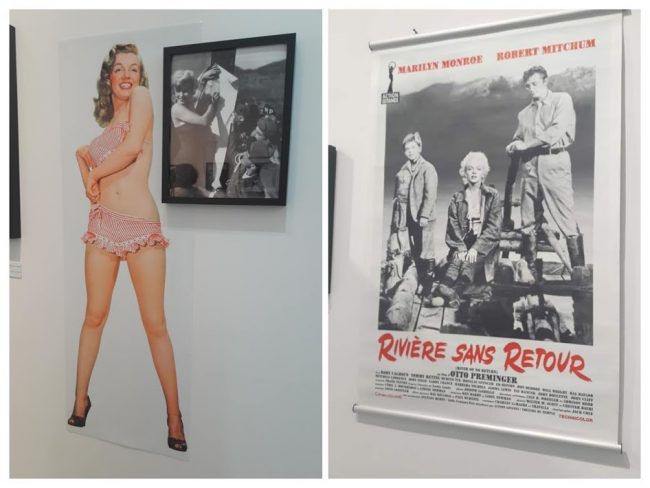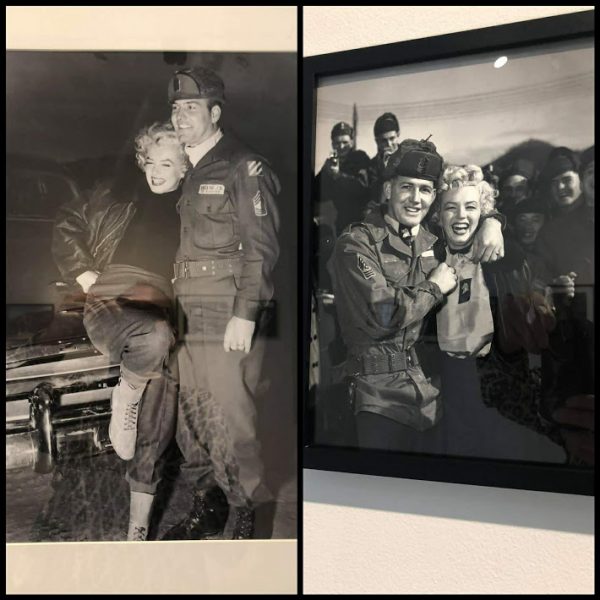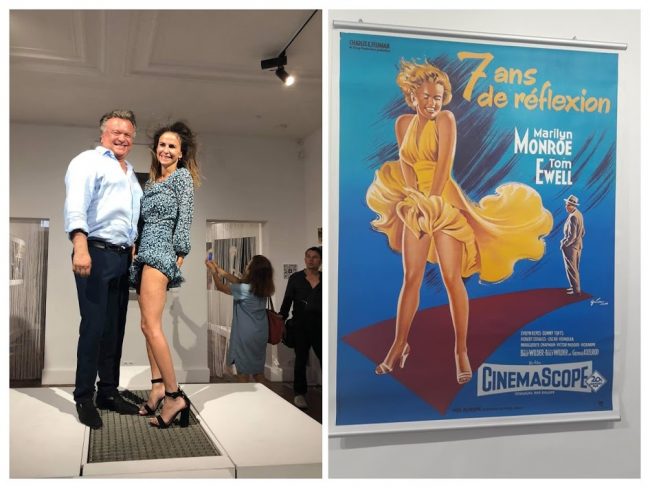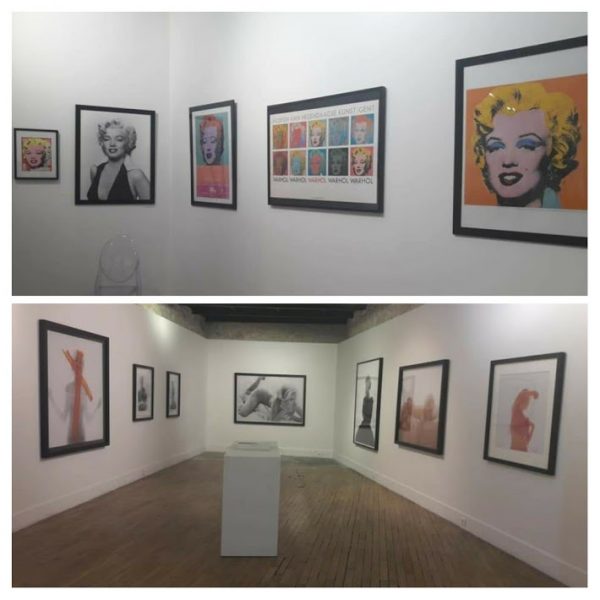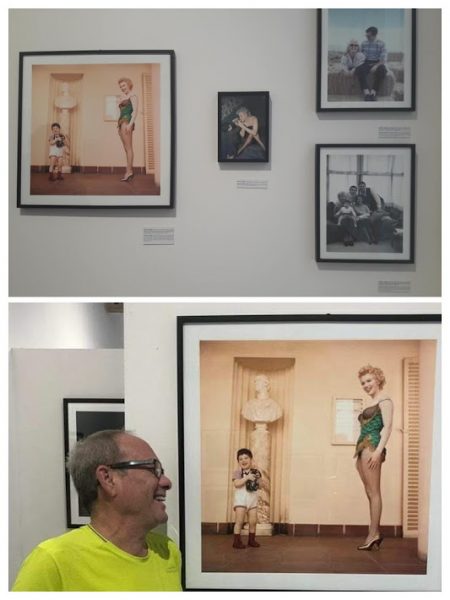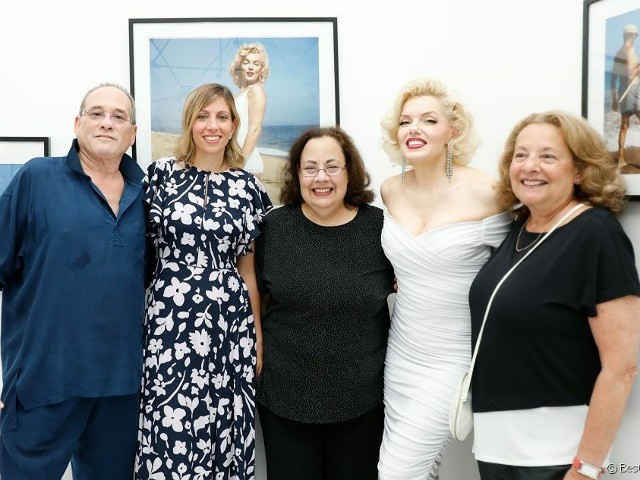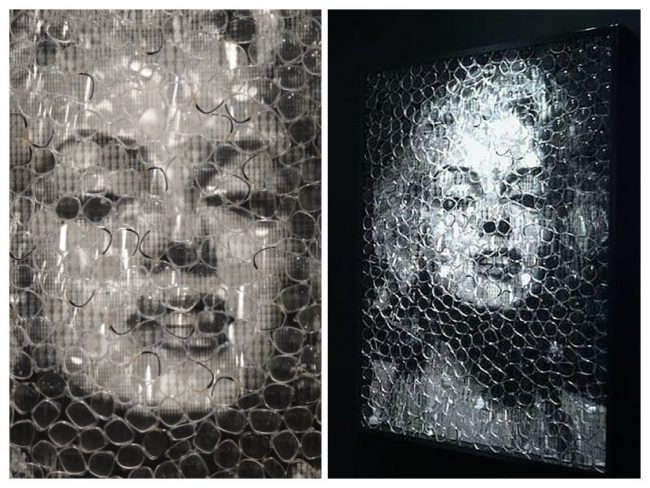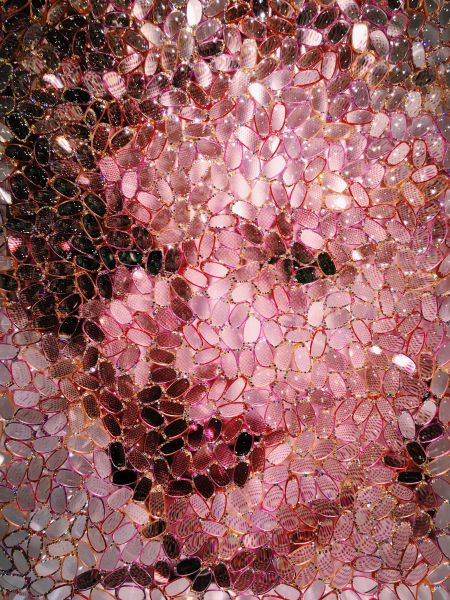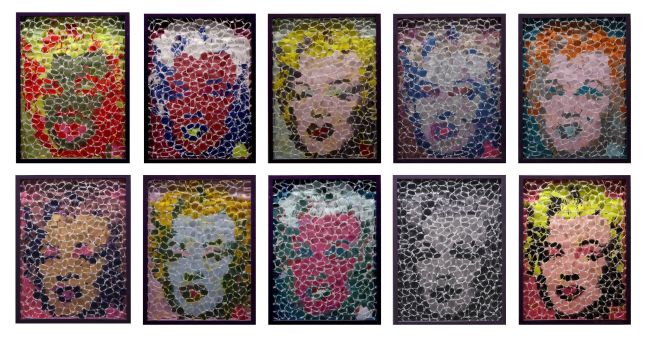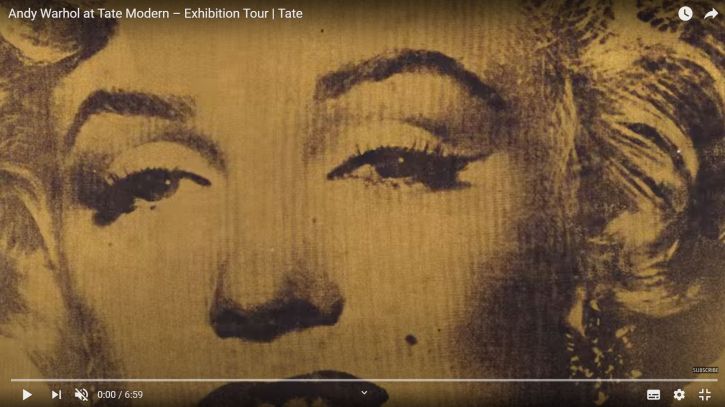
Although London’s art galleries are currently closed, you can still view a seven-minute ‘virtual tour‘ of Tate Modern’s Andy Warhol retrospective online – as reviewed by Brian Allen for The Art Newspaper.
“After treating his early commercial work, the exhibition makes hay of the big serial pictures using Warhol’s signature screenprint and acrylic paint technique. It is what you’d expect from Warhol—ironic, fun, sly, colourful, oh, and a plane crash, a car wreck and a suicide. Everything is perfectly installed. Marilyn, Jackie and Mao are there, as are a few Brillo boxes tucked in a corner.
Again, the show’s about his presence. It took plenty of his handwork to degrade Marilyn Monroe’s multiple images, side by side, row after row, as if she’s fading from overuse and overexposure. Making these works look mass-produced was Warhol’s retort to the Abstract Expressionist painters and their love of paint and gesture. I know Warhol’s Marilyns, Coke bottles, and Elvises celebrate, even parody, mass-marketing, but seeing them in the flesh reaffirms their sheer beauty. Lots of Warhol’s later work, especially the portraits from the 1970s and 80s, is jaunty and gaudy. His work from the 1960s can be very moving.
Warhol made Marilyn Diptych in 1962, right after Monroe died. Americans were used to movie-star crash and burn but Monroe, via her looks, marriages and headline struggles, wasn’t your average star. The picture’s neon palette turns grisaille, while the contours go from bold to broken and faded. The luscious, full-lipped, peroxide blonde Marilyn slowly recedes into fragments. Memory and oblivion aren’t far. Warhol’s newspaper pictures like 129 Die in Jet! (Plane Crash) or A Woman’s Suicide, both from 1962, make me shiver. Part of the pathos comes from realising how fleeting those 15 minutes of fame really are. Fleeting, too, is life. Warhol takes the Old Master vanitas and gives it a makeover.”
